NSTA Press Summer Sale: Take 20% Off Top 20 Titles
By Carole Hayward
Posted on 2017-08-10
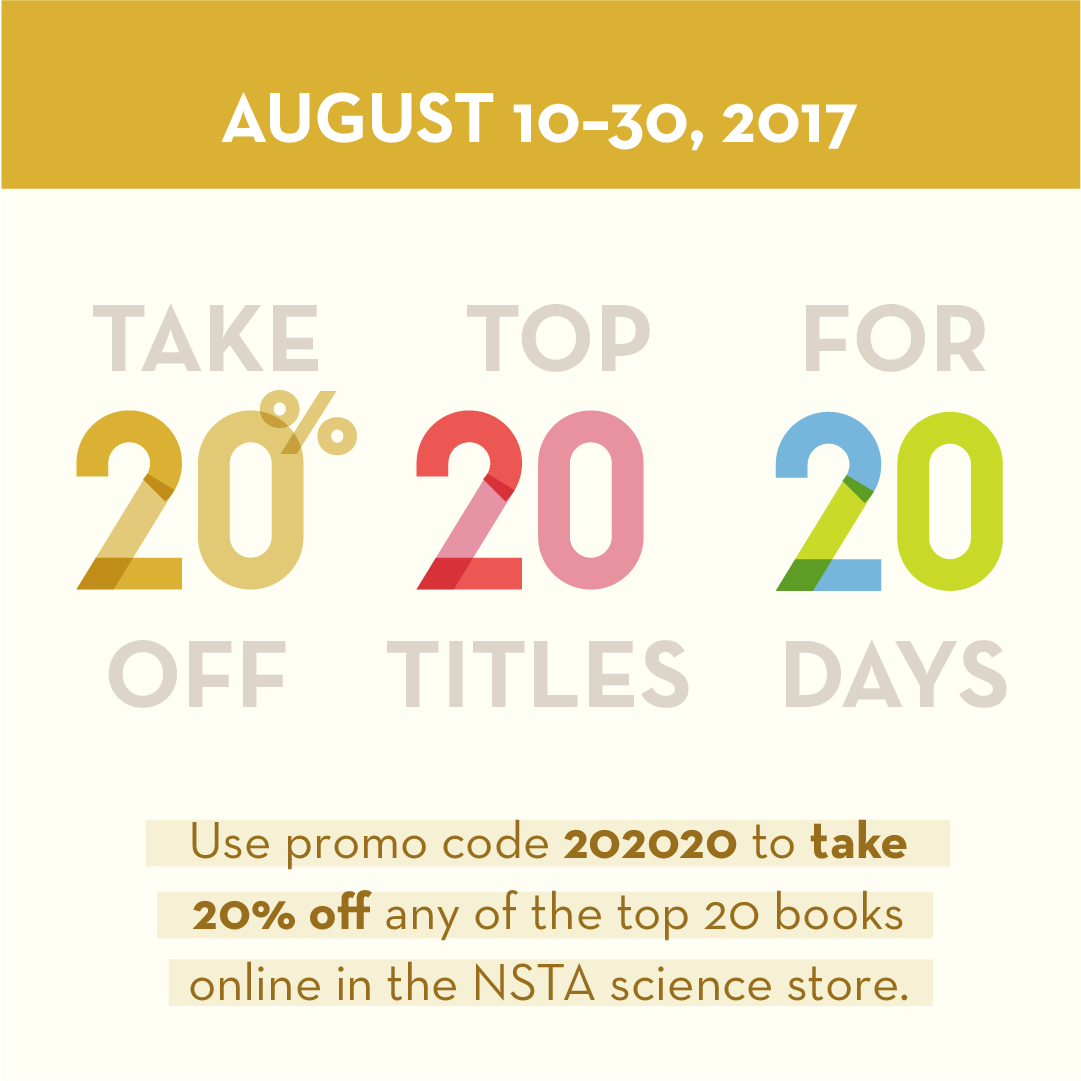
Find a new teaching technique that revitalizes your classroom, learn to ask the questions that unlocks students’ love of science, or give yourself the gift of more time in the classroom when you combine science and literacy. And from August 10–30, 2017, NSTA Press’ back-to-school gift to you is 20% off our top 20 titles when you use promo code 202020 to purchase them online in the NSTA science store.* Browse the selections below to find your favorites, including the book, ebook, and mixed media sets.
The NSTA Quick-Reference Guide to the NGSS, K–12Indispensable to science teachers at all levels, as well as to administrators, curriculum developers, and teacher educators, the book’s emphasis is on easy. Find the parts of the Next Generation Science Standards that are most relevant to you, acquaint yourself with the format, and find out what each of the different parts means. |
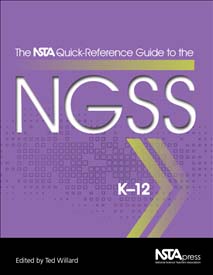 |
Helping Students Make Sense of the World Using Next Generation Science and Engineering PracticesHelping Students Make Sense of the World Using Next Generation Science and Engineering Practices provides a play-by-play understanding of the practices strand of A Framework for K–12 Science Education (Framework) and the Next Generation Science Standards (NGSS). |
 |
Uncovering Student Ideas in Earth and Environmental Science: 32 New Formative Assessment ProbesIf you’re new to formative assessment probes, you’ll love the latest book in the bestselling Uncovering Student Ideas in Science series. Authors Page Keeley and Laura Tucker give you 32 engaging questions, or probes, that can reveal what your students already know—or think they know—about core Earth and environmental science concepts. |
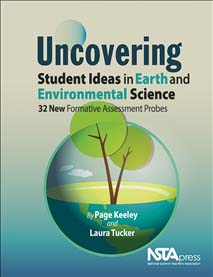 |
Bringing STEM to the Elementary ClassroomMany resources help you encourage young children to learn about science, technology, engineering, and math (STEM). But only this book of quality STEM experiences was curated by the veteran educator who edits Science and Children, NSTA’s award-winning journal for elementary teachers. Sensitive to the needs of both preK–5 students and busy teachers, editor Linda Froschauer developed Bringing STEM to the Elementary Classroom as a comprehensive source of classroom-tested STEM investigations. |
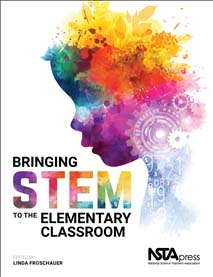 |
Use promo code 202020 to save 20% on these books online in the NSTA science store.
Good through August 30, 2017.
Argument-Driven Inquiry in Biology: Lab Investigations for Grades 9–12Are you interested in using argument-driven inquiry for high school lab instruction but just aren’t sure how to do it? You aren’t alone. This book will provide you with both the information and instructional materials you need to start using this method right away. Argument-Driven Inquiry in Biology is a one-stop source of expertise, advice, and investigations. |
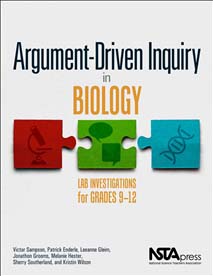 |
The Power of Questioning: Guiding Student InvestigationsThe authors of this book invite you to nurture the potential for learning that grows out of children’s irrepressible urges to ask questions. The book’s foundation is a three-part instructional model, Powerful Practices, grounded in questioning, investigation, and assessment. To bring the model to life, the authors provide vivid pictures as well as links to special videos and audio recordings. You can actually hear teachers and students engage in questioning and watch two easy-to-adapt examples (involving plants and life cycles) of the model in action. Then, you can implement new strategies right away in your own classroom, regardless of grade or topic. |
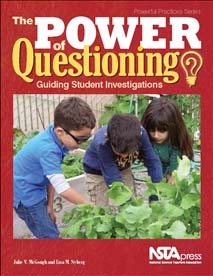 |
Notable Notebooks: Scientists and Their WritingsTake a trip through time to discover the value of a special place to jot your thoughts, whether you’re a famous scientist or a student. Notable Notebooks: Scientists and Their Writings brings to life the many ways in which everyone from Galileo to Jane Goodall has used a science notebook, including to sketch their observations, imagine experiments, record data, or just write down their thoughts. You also get four steps to starting your own notebook, plus mini-bios of the diverse featured scientists. |
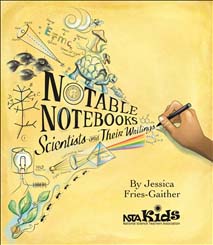 |
Inquiring Scientists, Inquiring Readers: Using Nonfiction to Promote Science Literacy, Grades 3–5Inquiring Scientists, Inquiring Readers will change the way you think about engaging your students. The authors show that it’s possible to integrate literacy into elementary-level science instruction without sacrificing quality in either area. This unique book will show teachers how to teach science using a variety of nonfiction text sets (such as field guides, reference books, and narrative expository texts) and replace individual lessons with a learning-cycle format (including hands-on investigations, readings, directed discussion, and problem solving). |
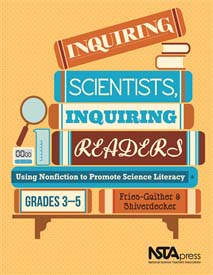 |
Use promo code 202020 to save 20% on these books online in the NSTA science store.
Good through August 30, 2017.
Problem-Based Learning in the Life Science Classroom, K–12This book doesn’t just explain why, how, and when to implement problem-based learning (PBL). It also provides you with what many think is the trickiest part of the approach: rich, authentic problems. The authors facilitated the National Science Foundation–funded PBL Project for Teachers and used the problems in their own science teaching, so you can be confident that the problems and the approach are teacher tested and approved. |
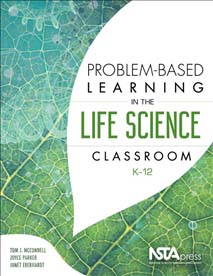 |
Argument-Driven Inquiry in Physical Science: Lab Investigations for Grades 6–8Are you interested in using argument-driven inquiry for middle school lab instruction but just aren’t sure how to do it? Argument-Driven Inquiry in Physical Science will provide you with both the information and instructional materials you need to start using this method right away. The book is a one-stop source of expertise, advice, and investigations to help physical science students work the way scientists do. |
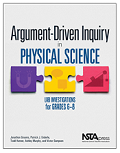 |
Picture-Perfect STEM Lessons, K–2: Using Children’s Books to Inspire STEM LearningThis book’s 15 kid-friendly lessons convey how science, technology, engineering, and mathematics intersect in the real world. They embed reading-comprehension strategies that integrate the STEM subjects and English language arts through high-quality picture books. |
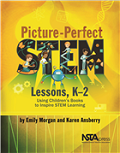 |
When the Sun Goes DarkThis illustrated book is a fun way to get young astronomers ready for August 21, 2017, when millions of North Americans will have the rare chance to witness a total solar eclipse. |
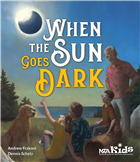 |
Use promo code 202020 to save 20% on these books online in the NSTA science store.
Good through August 30, 2017.
Disciplinary Core Ideas: Reshaping Teaching and LearningDisciplinary Core Ideas can make your science lessons more coherent and memorable, regardless of what subject matter you cover and what grade you teach. Think of it as a conceptual tool kit you can use to help your students learn important and useful science now—and continue learning throughout their lives. |
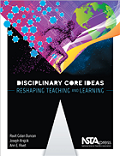 |
Big Data, Small Devices: Investigating the Natural World Using Real-Time DataNow your students can transform their mobile phones and tablets into tools for learning about everything from weather to water quality. Big Data, Small Devices shows you how. This book is designed for Earth and environmental science teachers who want to help students tap into, organize, and deploy large data sets via their devices to investigate the world around them. |
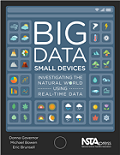 |
Solar Science: Exploring Sunspots, Seasons, Eclipses, and MoreSolar Science offers more than three dozen hands-on, inquiry-based activities on many fascinating aspects of solar astronomy. The activities cover the Sun’s motions, space weather caused by the Sun, the measurement of time and seasons in our daily lives, and much more. This is just the resource you need to get middle schoolers ready for August 21, 2017—the day when millions of North Americans will have the rare chance to witness a solar eclipse. |
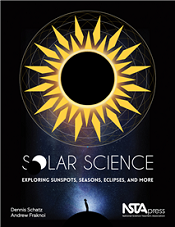 |
Next Time You See a Sunset“Next time you see a sunset, stop and sit down for a while.” This book’s tempting opening line invites children and adults to take in a daily phenomenon with fresh eyes. By reading Next Time You See a Sunset together, you can learn to appreciate the spinning of the Earth, the progress of day into night, and the reasons for the spectacular colors and shadows that accompany sunrise and sunset. |
 |
Use promo code 202020 to save 20% on these books online in the NSTA science store.
Good through August 30, 2017.
Uncovering Student Ideas in Primary Science, Volume 1: 25 New Formative Assessment Probes for Grades K–2What ideas do young children bring to their science learning, and how does their thinking change as they engage in “science talk”? Find out using the 25 field-tested probes in the newest volume of Page Keeley’s bestselling Uncovering Student Ideas in Science series, the first targeted to grades K–2. |
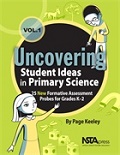 |
Next Time You See the MoonThis fascinating book will stay with children every time they gaze up at the night sky. Next Time You See the Moon is an ideal way to explain the science behind the shape of the Moon and bring about an evening outing no child—or grown-up—will soon forget. |
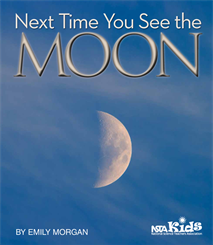 |
From Flower to FruitFrom Flower to Fruit will transform curious readers—children and adults—into budding botanists. The book draws you in with the twin charms of rich illustrations and an engaging narrative. But this is more than just a pretty storybook. It sparks curiosity about the parts of a flower and the vital roles of bees and seeds in plant reproduction. |
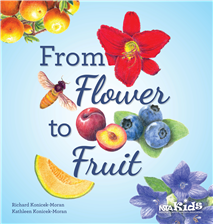 |
Problem-Based Learning in the Earth and Space Science Classroom, K–12If you’ve ever asked yourself whether problem-based learning (PBL) can bring new life to both your teaching and your students’ learning, here’s your answer: Yes. This all-in-one guide will help you engage your students in scenarios that represent real-world science in all its messy, thought-provoking glory. |
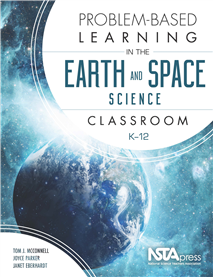 |
Use promo code 202020 to save 20% on these books online in the NSTA science store.
Good through August 30, 2017.
NSTA Press® is where you’ll find the best classroom-ready activities, hands-on approaches to inquiry, relevant professional development, the latest scientific education news and research, assessment, standards-based instruction—NSTA Press® develops and produces the high-quality resources that science educators need, in all disciplines. Check out sample NSTA Press chapters at the Science Store.
Subscribe to NSTA’s Book Beat, our award-winning monthly newsletter!
Follow NSTA
Save
Save
Disclaimer: The views expressed in this blog post are those of the author(s) and do not necessarily reflect the official position of the National Science Teaching Association (NSTA).


